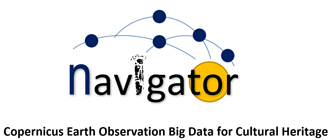
Project title
NAVIGATOR: Copernicus Earth Observation Big Data for Cultural Heritage
Budget
250000
Code
EXCELLENCE/0918/0052
Project Coordinator
Co-Investigator(s)
Funding Program
Excellence Hubs
Project website

